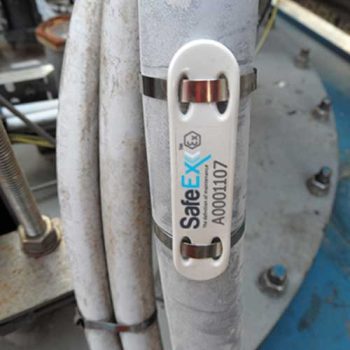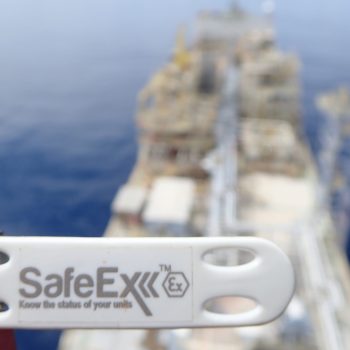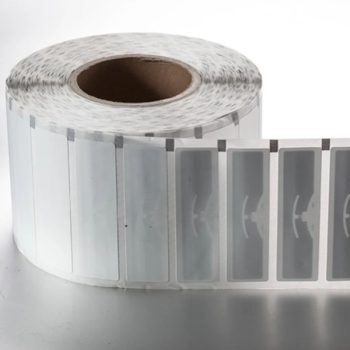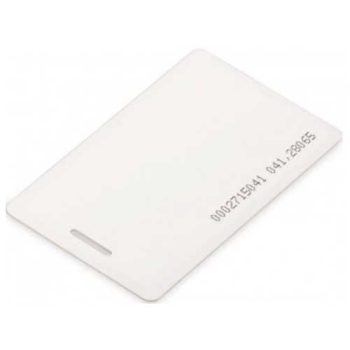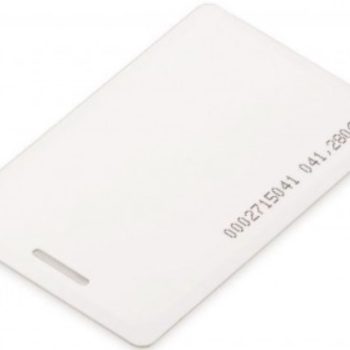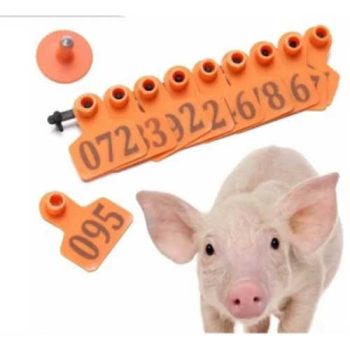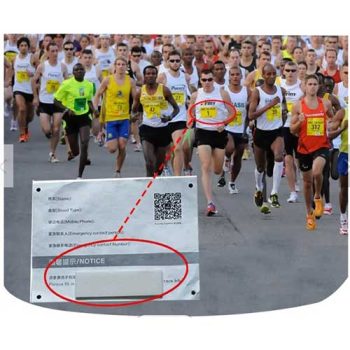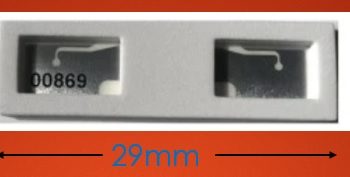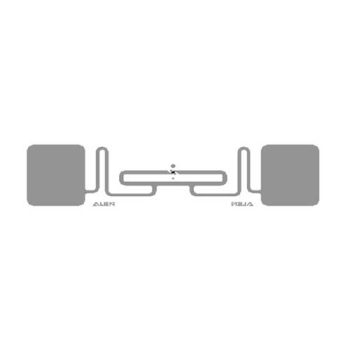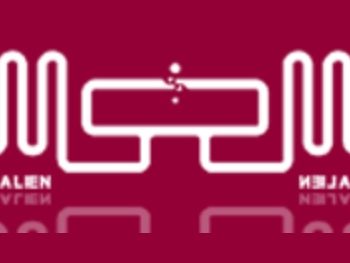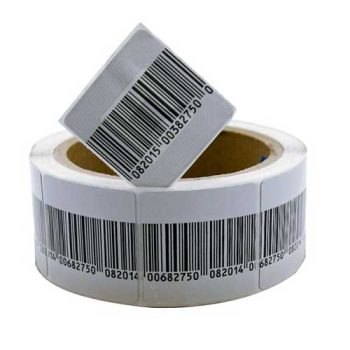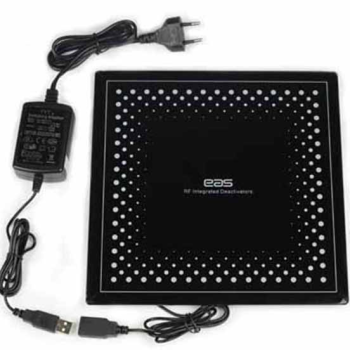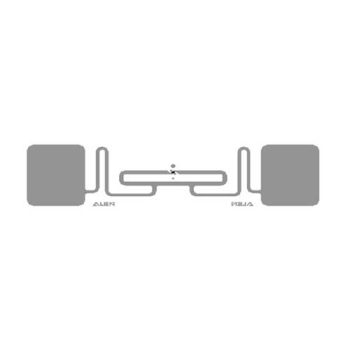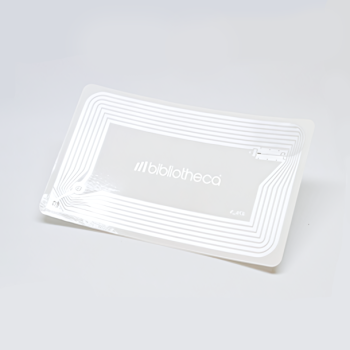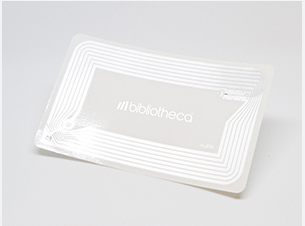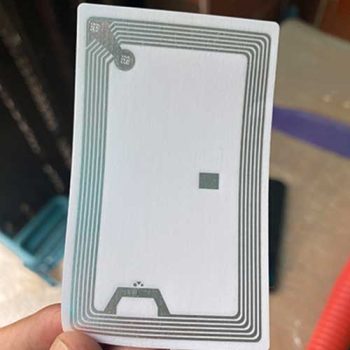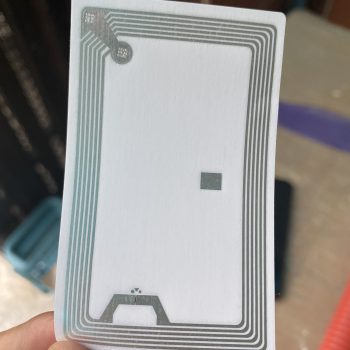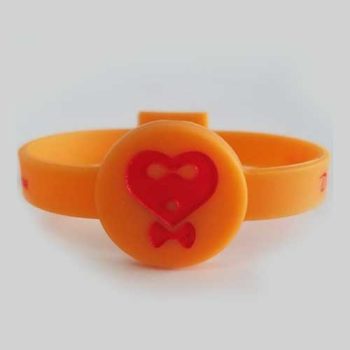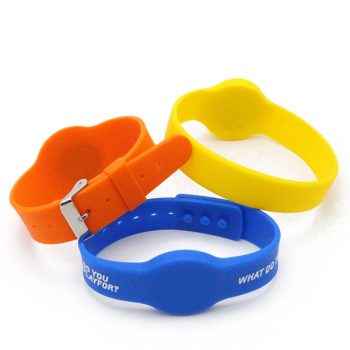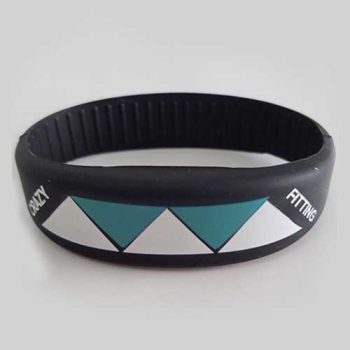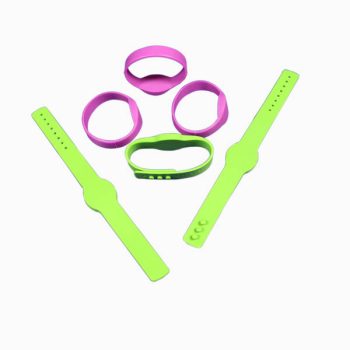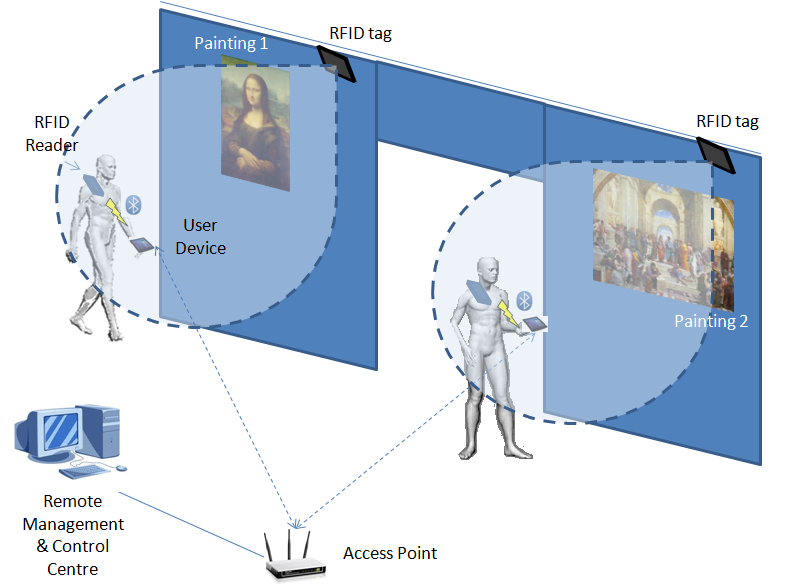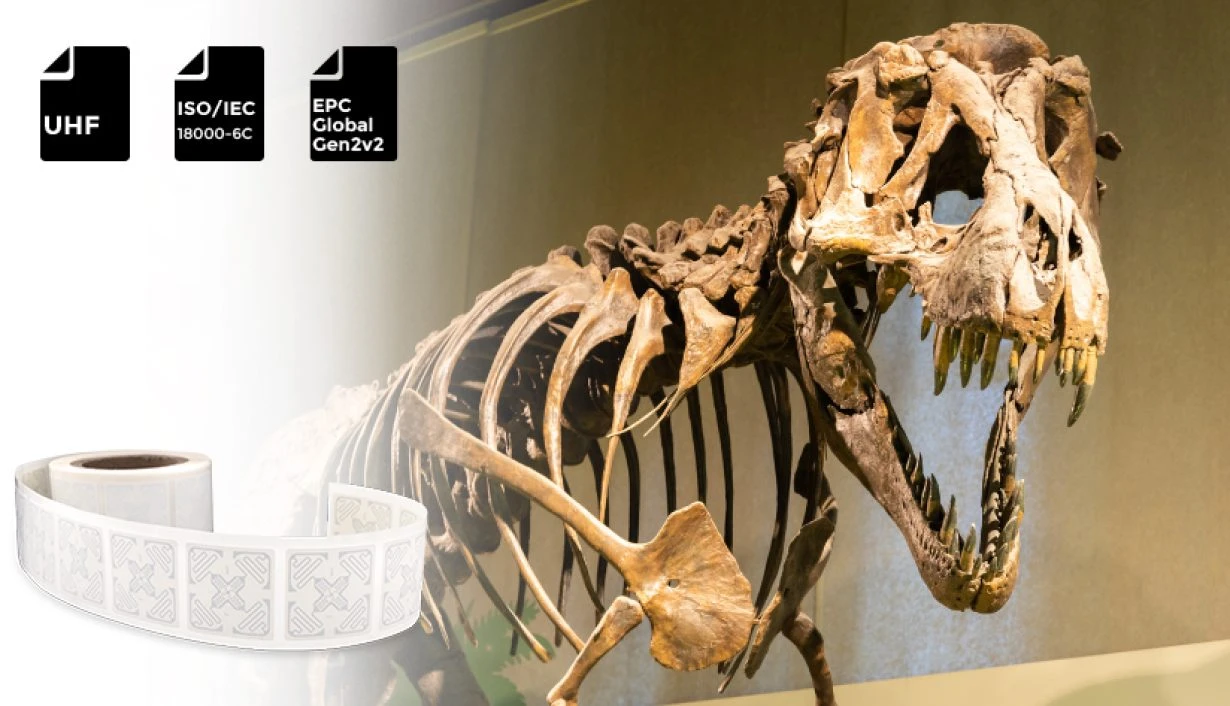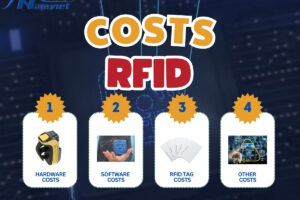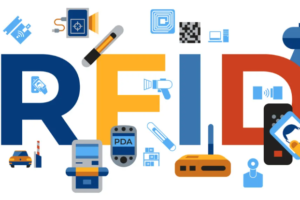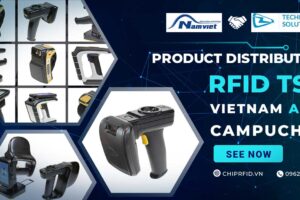RFID cards are a type of smart card that integrates an electronic circuit and an antenna, enabling them to store and transmit data via radio waves. Currently, RFID cards are widely applied in almost all fields, and the use of RFID for managing museum artifacts is no exception. The following article by IT Nam Viet will help readers better understand the application of RFID cards in museums, so stay tuned!
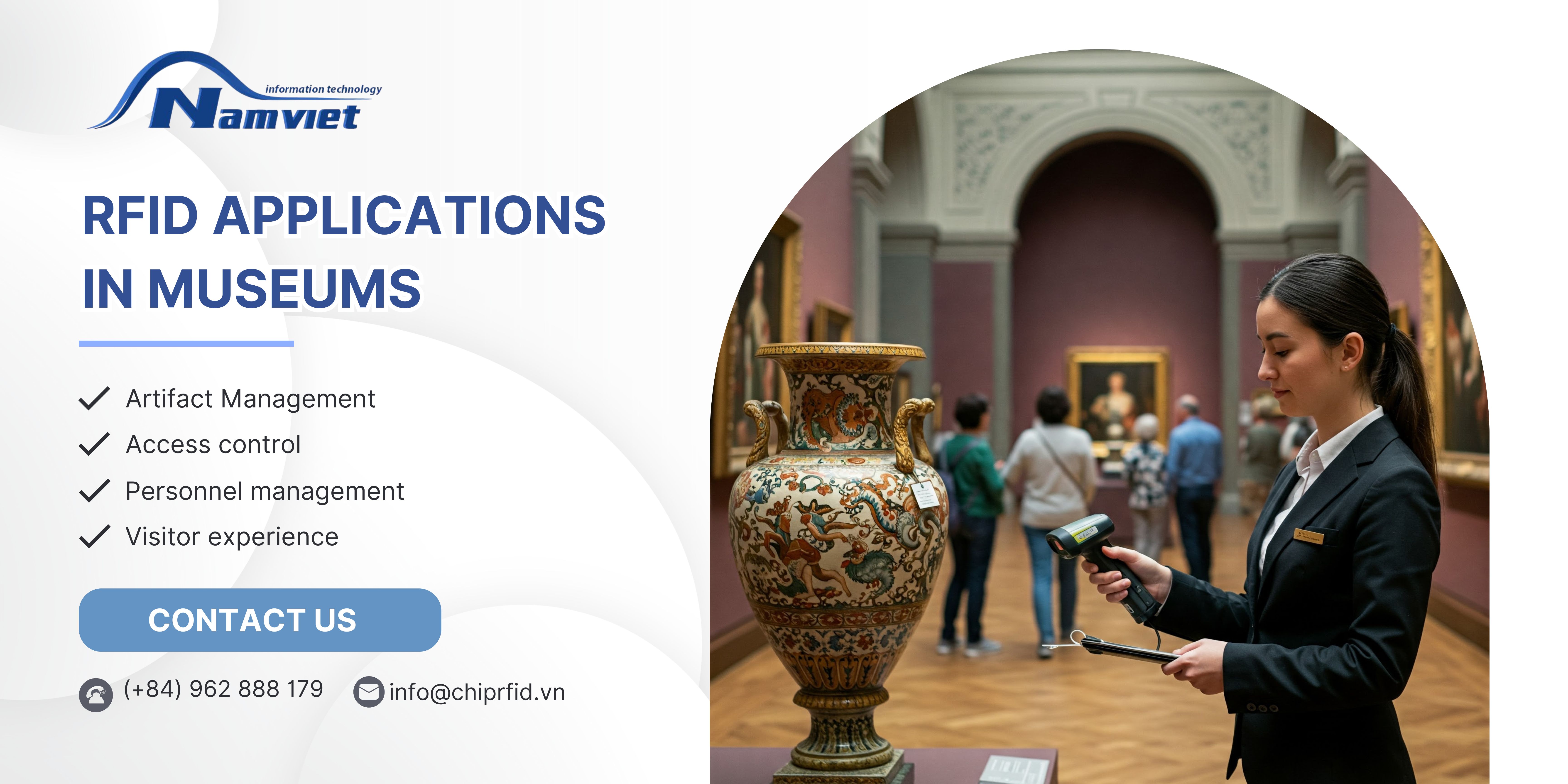
Listing RFID Card Applications in Museums
Currently, RFID is widely applied in museum management in Vietnam, minimizing personnel costs, optimizing time, and achieving high efficiency. Below are some RFID card applications in museums that many readers may not yet be aware of:
Managing Museum Artifacts with RFID Chips
Accordingly, each artifact, after being inventoried, will be tagged with a suitable RFID tag, regardless of its size or material. This tag will have a unique identification code containing information about the artifact, its origin, age, preservation status, movement history, images, related documents, etc.
Staff members use handheld RFID readers or fixed RFID scanners to scan the artifacts. The software automatically cross-references the information, thereby making the inventory and management of artifacts quick and almost absolutely accurate.
Furthermore, RFID has the ability to automatically record the time and location, helping to track the current position of artifacts in real-time. This facilitates artifact monitoring and allows for timely intervention in case of incidents.
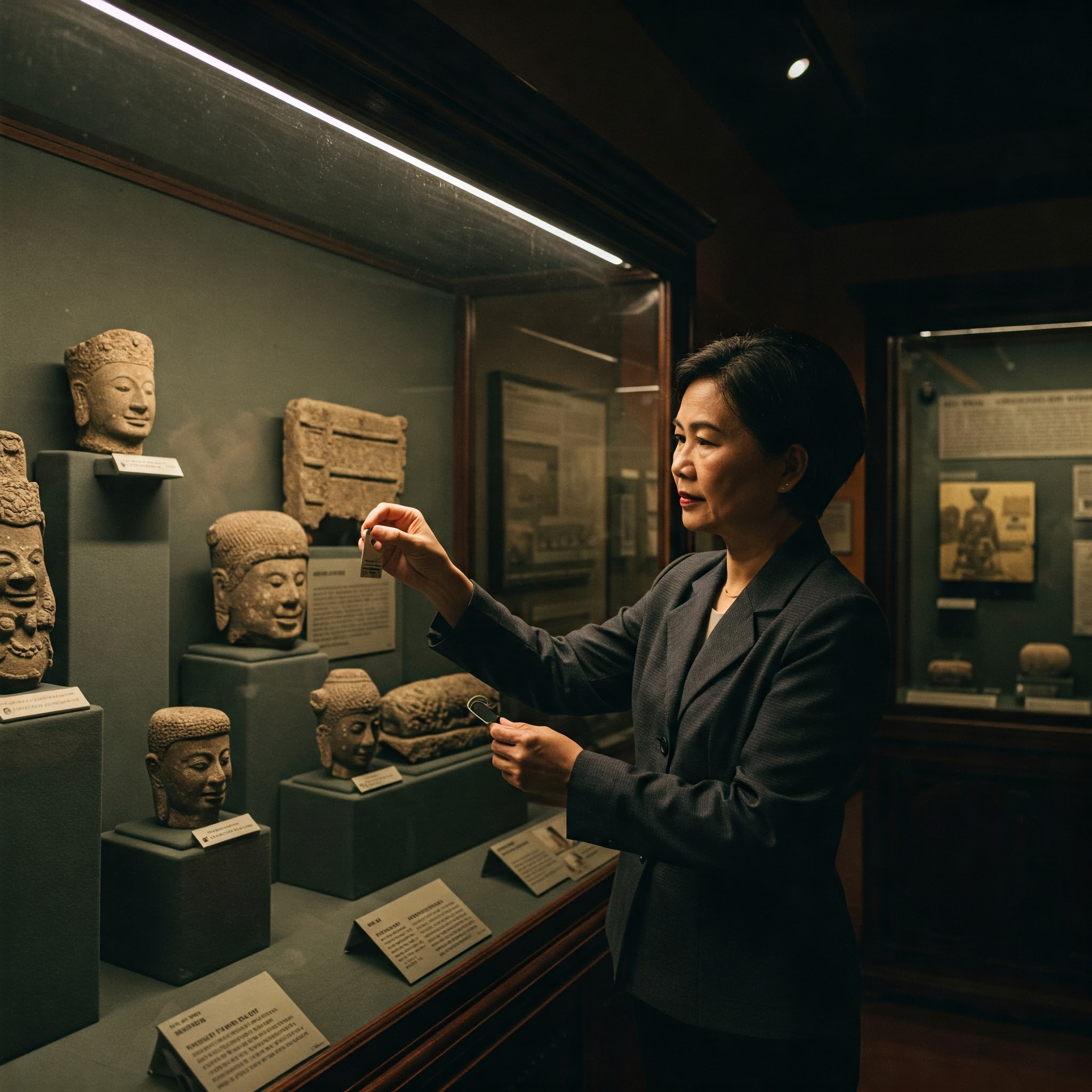
Artifact Entry Process Using RFID Technology:
- Receive artifacts, count, and categorize them.
- Attach RFID tags to the artifacts and simultaneously update the artifact identification code in the management system.
- Scan the incoming artifact codes and print the inventory receipt.
Artifact Exit Process Using RFID Card Application:
- Exit order from the system.
- RFID enables quick artifact searching and packaging.
- Scan the outgoing artifact codes, transfer the exit data to the system, and hand over to the delivery staff.
Artifact Entry Process into the Museum’s Exhibition Area:
- Entry order from the system.
- Scan the incoming artifact codes at the exhibition room.
- Inspect and enter into the exhibition area.
Artifact Search Process in the Museum:
- Search command from the system.
- The RFID card reader scans the code of the artifact being searched for; if found, an indicator light will illuminate on the scanner.
- Once all artifacts on the list have been found, the RFID artifact search process is complete.
Artifact Inventory Process Using RFID:
- Scan the inventory codes of all artifacts in the museum using an RFID reader.
- Verify and compare the physical count with the data in the software.
- If the inventory count is correct, proceed to print a confirmation inventory slip; in case of discrepancies, the manager needs to perform a re-scan of all artifacts in the museum.
RFID Applications in Enhancing the Museum Visitor Experience
Besides applying RFID technology in museum artifact management, RFID is also used to personalize the visitor experience and collect useful customer data.
After being issued an RFID wristband, visitors will find it more convenient to enter the museum, avoiding wait times and enhancing the overall experience. The system can also suggest personalized tour routes based on registered preferences or the visitor’s interaction history.
By applying the RFID solution, the system will record information about the time spent at each artifact, helping the museum to optimize the exhibition area as well as improve the quality of services. RFID cards are also integrated with contactless payment functionality for services within the museum, such as the souvenir shop, etc.
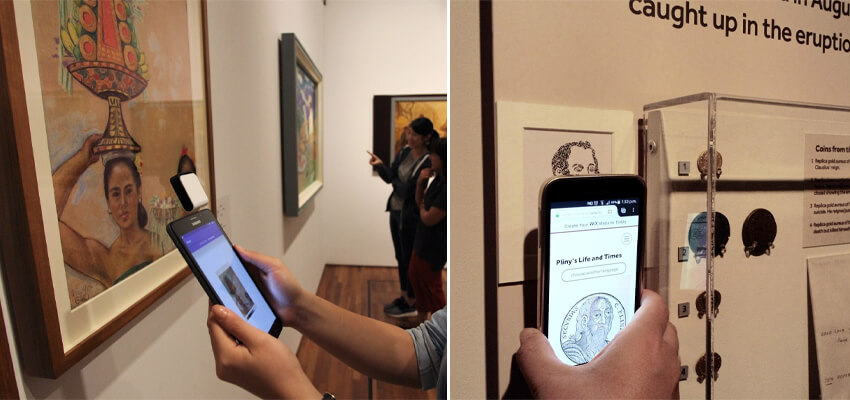
RFID in Employee Management and Museum Access Control
RFID cards are issued to employees for access to different areas of the museum depending on the role and responsibilities of each department. Applying RFID cards will help manage personnel effectively, implement transparent timekeeping, and ensure the rights and responsibilities of museum staff. Additionally, RFID is also used for access control, ensuring absolute museum security and preventing unauthorized entry.
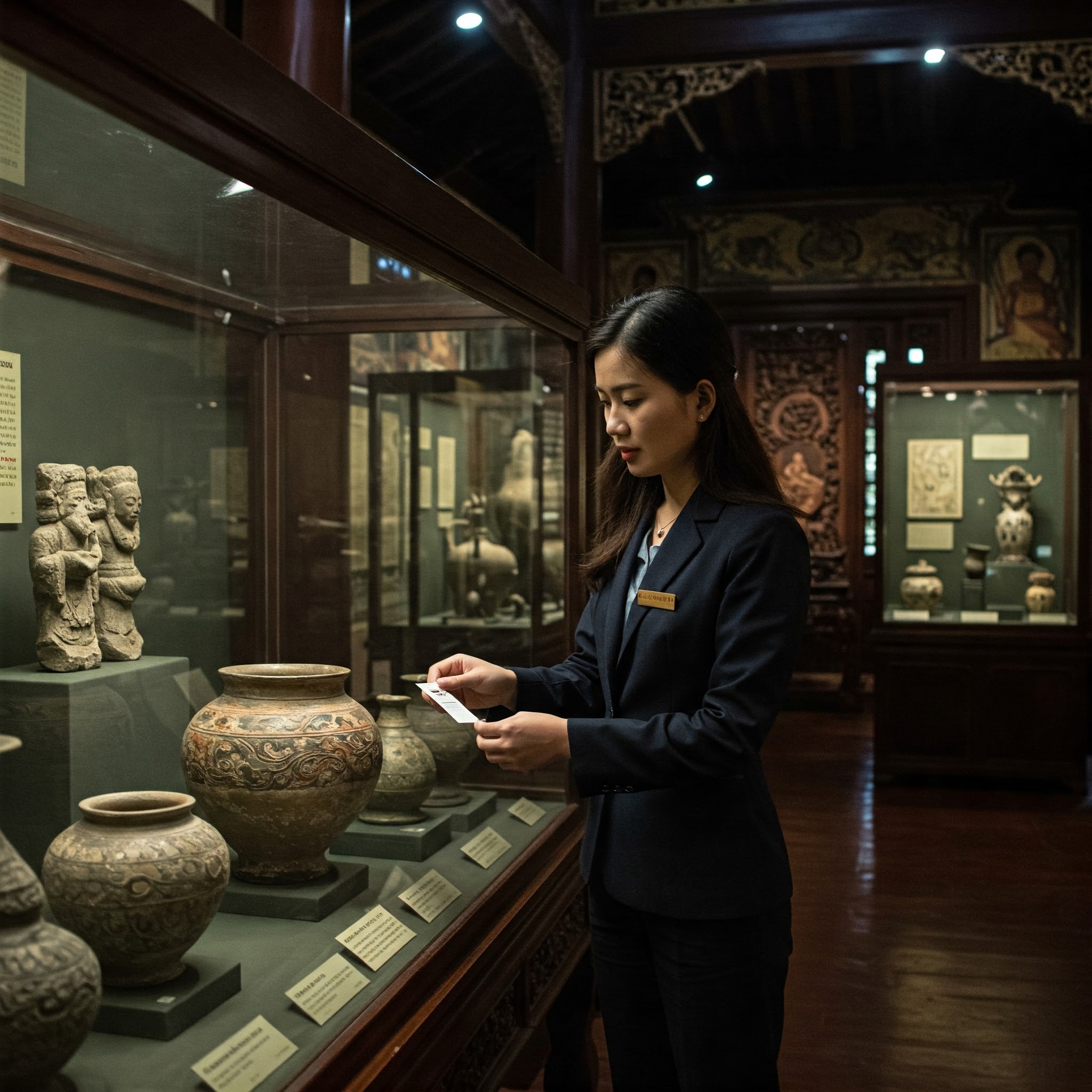
RFID is Applied in Museum Asset Management
RFID tags are attached to the museum’s fixed assets such as machinery, equipment, office supplies, etc., allowing users to track their location, status, and maintenance history. In addition, RFID is also used to manage special events and exhibitions, analyze customer traffic, thereby enabling the most effective adjustments.
Benefits of Applying RFID Technology in Museum Management
Applying RFID technology in museum management will bring many significant benefits, helping to improve operational efficiency, protect assets, as well as enhance and upgrade the visitor experience.
With RFID technology, managers can easily inventory artifacts by remotely scanning RFID tags, reducing the time and manpower required, thereby significantly lowering museum operating costs. Additionally, the management software will automatically cross-reference data, replacing manual processes and minimizing human errors.
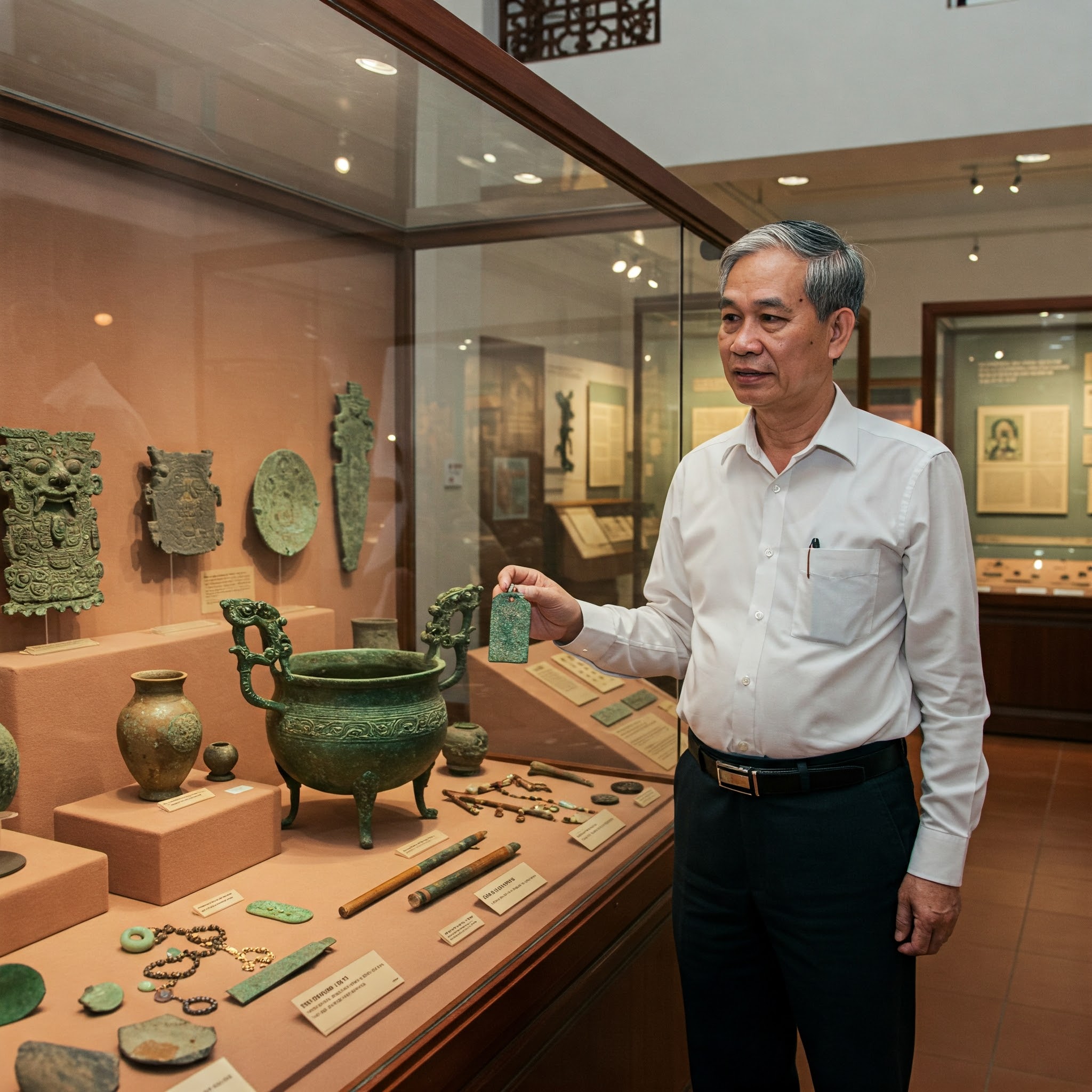
RFID allows users to know the exact location of each artifact, easily search and inventory, and track artifacts in real-time. On the other hand, RFID also helps optimize the security of the museum area, control access, and prevent unauthorized entry. In particular, RFID helps improve customer satisfaction and optimize management processes related to personnel, time, etc.
With over 10+ years of experience and hundreds of implemented projects, IT Nam Viet is confident in accompanying museums on their journey of successful digital transformation. Therefore, don’t hesitate to contact us right now. IT Nam Viet is ready to provide 24/7 customer support, anytime, anywhere.
Factors to Consider When Applying RFID Cards in Museums
Implementing an RFID system in museum management is an important decision that requires careful consideration of many related factors, including:
- Defining the specific goals and needs of the museum: What will RFID be used for – artifact management, access control, etc.? This will help you choose the appropriate RFID solution.
- Determining the investment budget: Be proactive financially. RFID costs include both operating and maintenance expenses.
- Selecting the appropriate type of RFID card: The operating frequency is usually UHF, with a long reading range, fast reading speed, and the ability to scan a large number of tags simultaneously.
- Considering the shape and size of RFID labels: Ensure high aesthetic appeal.
- Choosing management software with high compatibility: It should be fully integrated with the necessary functions, have a user-friendly interface, and be scalable to accommodate the museum’s future development needs.
- Considering environmental factors: Pay particular attention to metal or liquid surfaces, which can interfere with RFID signals.
- Researching and selecting a suitable RFID solution provider: Ensure that the company’s staff is fully trained on how to use the RFID system.
Frequently Asked Questions About Applying RFID Technology in Museum Management
Below are answers to some frequently asked questions related to RFID in museums for your reference:
What type of RFID card is used in museum management?
Depending on the specific application, users consider choosing suitable RFID card types. However, in museum management, UHF RFID cards are prioritized due to their fast reading speed and long reading range, making them suitable for inventorying a large number of artifacts. However, compared to HF RFID cards, UHF cards may be more affected by metal and liquids.
Regarding this issue, you can refer to the article: “HF RFID and UHF RFID: Which Type is Better?“
Where are RFID tags usually attached to artifacts in a museum?
The placement of RFID tags on artifacts will depend on the specific type. They can be attached directly to the artifact’s surface or RFID labels can be affixed to the display base, using tags or hangers, etc. The selection of the RFID tag attachment location needs to ensure aesthetics and the ability to read and write to the tag quickly and efficiently.
What are the challenges when implementing an RFID system in museum management?
Implementing an RFID system in a museum can face several challenges, including: system investment costs, data security, system scalability and upgradeability, etc. In addition, museums often have many types of artifacts with different materials and shapes, so the selection of tags and attachment methods is also a rather difficult problem for museums today.
How small can RFID tags be attached to artifacts?
RFID technology is constantly evolving, allowing the production of many types of RFID tags with very small sizes, even as small as a grain of rice. These small RFID tags are often attached to artifacts such as jewelry, high-value items, etc. However, when choosing RFID tags for small artifacts, considerations need to be made regarding the reading range, material, and method of RFID label attachment.
IT Nam Viet – A Reputable Provider of Comprehensive RFID Solutions in Vietnam
In the context of digital transformation, RFID is increasingly asserting its important role in enhancing business management and operations. With over 10+ years of experience, IT Nam Viet is proud to be a pioneer in providing comprehensive RFID solutions in Vietnam, meeting all the requirements of businesses and organizations.
At IT Nam Viet, before starting any project, we always listen to and understand the needs and investment budget of each unit, thereby providing the most optimal solution for investors. IT Nam Viet offers a wide range of genuine RFID cards, RFID readers, antennas, and RFID devices, etc., at the best prices on the market.
IT Nam Viet’s team of experienced experts is always ready to support customers from consulting and implementation to system maintenance and upgrades, accompanying our valued customers throughout the entire lifecycle. We focus on building sustainable cooperative relationships based on trust, transparency, and mutual benefits.
The above is basic information about the application of RFID in museum management that readers can refer to. If your business is looking for a reputable partner to implement a comprehensive RFID solution, don’t hesitate to contact IT Nam Viet immediately via Hotline (+84) 962 888 179!
My name is Le Nam Viet, currently FOUNDER & CEO of Nam Viet IT Company, I graduated from Ho Chi Minh Polytechnic University. I have more than 3 years of experience providing RFID chip technology solutions, RFID scanners, barcode labels and barcode readers. It’s a pleasure to share my knowledge with readers.



 Tiếng Việt
Tiếng Việt